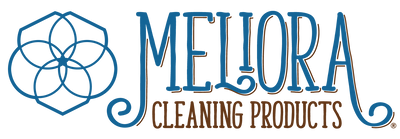When you pick up a bar of soap, what's inside? It seems a simple matter to list the ingredients in something as straightforward as a bar of soap, but because there are chemical reactions that take place in the soapmaking process, what you get at the store is not just a mix of the ingredients used to make the soap. Let's think about beer. (Mmmm.)
The ingredients used to make beer are: water, barley, hops, and yeast. Combined and put through the seemingly magical process of fermentation, your beer bottle contains a fizzy alcoholic beverage. Wait, where are the bubbles and the alcohol in that original ingredient list??

The beer is made using a fermentation process, which creates new chemical compounds. This is a good thing, as when I'm ordering a beer I would not be happy to receive a glass of water and a plate with some hops and barley, sprinkled with yeast.
Similarly, soapmaking is a process that uses reactions between input materials to create a chemically new product.

You may see ingredients for soap listed either as the input materials, or as the output materials. In fact, the examples below are different ways to write an ingredient list for the exact same product, a simple soap made from coconut oil. (For now, we'll set aside the many different ways to list the same chemical compound, and leave that for the next post!)
Input Ingredients List:
Output Ingredients List:
Sodium Cocoate, Glycerin, Coconut Oil, Water
You can see the ingredient lists look very different from one another. Neither of these methods for listing ingredients is right or wrong. They are different ways of expressing the same product, although the latter version is more technically accurate in terms of what a customer is purchasing. Sending someone that ordered soap a bottle of oil and a bag of of sodium hydroxide (lye) would be both dangerous (lye has a high pH and can erode tissues) and ineffective at cleaning (oils themselves tend to make messes, not clean them up).
Reading ingredient lists on cleaning and personal care products is tricky enough, without considering there's no rules about whether to list the input ingredients or the output ingredients on the label. Have questions about ingredients in your own products? Send them to us and we'll include them in an upcoming blog post!

